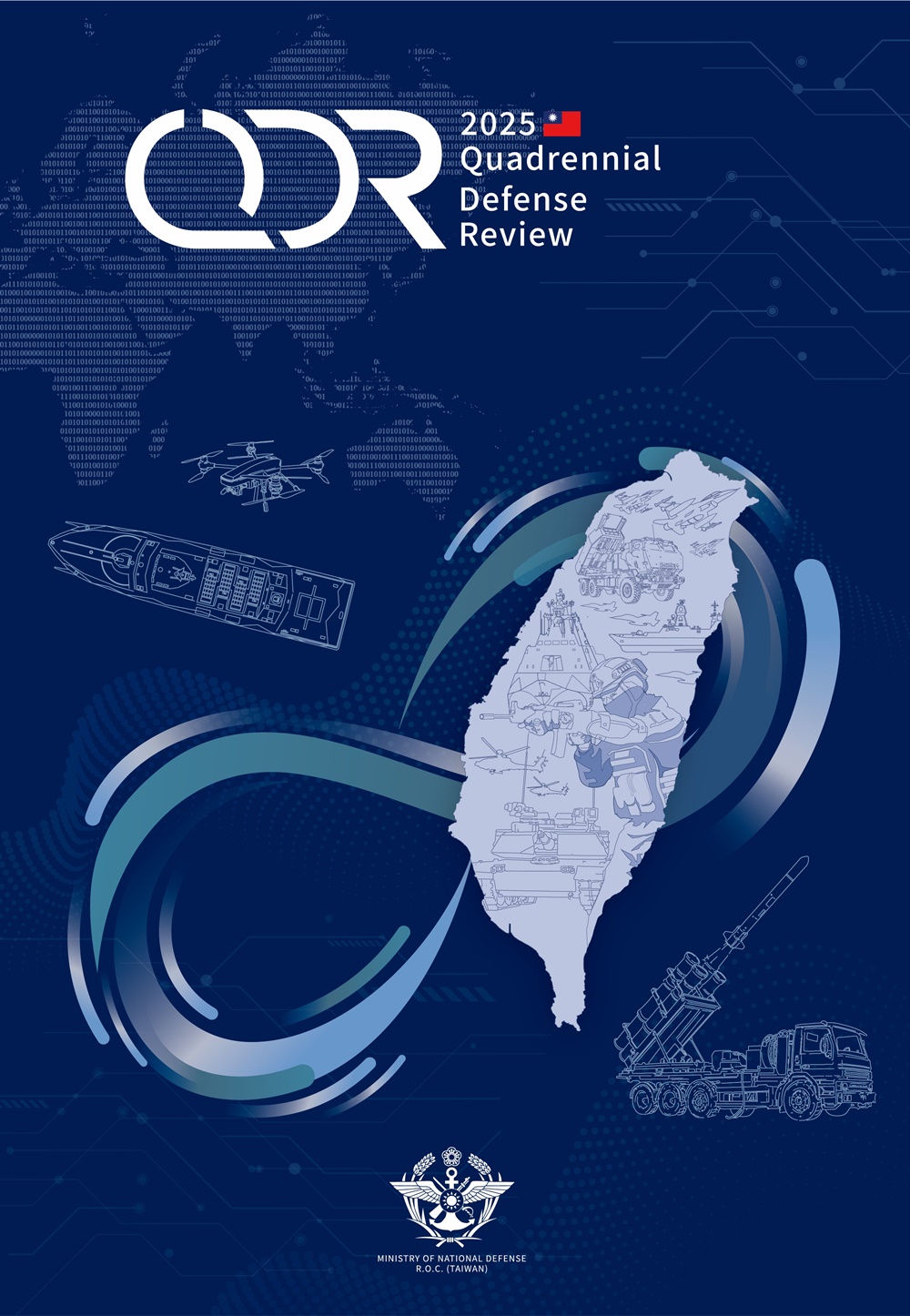內容簡介
內容簡介 As stipulated in Article 31 of the National Defense Act, the Ministry of National Defense (MND) shall “within ten months after each presidential inauguration, publicly submit the Quadrennial Defense Review to the Legislative Yuan.” This is the fifth edition of the Quadrennial Defense Review (QDR) since 2009. The focus of this QDR is to embody the President’s defense concept; his “four pillars of peace initiative” for defense, economy, diplomacy, and cross-Strait relations; and reveal highlights of future defense reforms, aiming to allow both the people and the international community to know our national defense and military strategies as well as our important policy plans.
產品目錄
產品目錄 Minister's Foreword……………………………………………………………………………1Introduction……………………………………………………………………………………3Chapter 1 Security across Taiwan Strait in Dynamic International Arena…………………….9Section 1 Big Power Competition and Regional Conflicts…………………………………….9Section 2 Security Situation across Taiwan Strait…………………………………………….10Section 3 Threats of PRC's Grey Zone Activities…………………………………………….11Section 4 Pattern Changes of Operations across Taiwan Strait……………………………....12Chapter 2 Strategic Guidance for National Defense and Security……………………………15Section 1 National Defense Strategy…………………………………...…………………….15Section 2 Military Strategy………………………………………………………………...…16Chapter 3 Forging Winning Force……………………………………………………………19Section 1 Developing Asymmetric and Resilient Capabilities……………………………….19Section 2 Conducting Realistic Training……………………………………………………..20Section 3 Enhancing Reserve Forces…………………………………………………………22Section 4 Optimizing Logistic Support……………………………………………………….23Section 5 Psychological Readiness and Morale………………………………………………24Section 6 Responding to PRC Incursions…………………………………………………….25Chapter 4 Pushing for Prioritized Defense Reforms…………………………………………27Section 1 Steady Growth of Budget and Proper Allocation………………………………….27Section 2 Introducing Innovative Technological Applications……………………………….27Section 3 Self-reliant Defense and Diversified Acquisition………………………………….28Section 4 Personnel Cultivation and Retention……………………………………………….29Section 5 Modernizing Force Management…………………………………………………..30Chapter 5 All-out Defense Mobilization for Sustaining Operations…………………………32Section 1 Refining Mobilization Mechanisms and Civil Defense Capacities………………..32Section 2 Interagency Collaboration………………………………………………………….33Section 3 Destruction and Disaster Prevention and Relief …………………………………..33Chapter 6 Regional Links to Improve Collective Deterrence………………………………..35Section 1 Deepening Military Exchange and Cooperation with US………………………….35Section 2 Expanding Security Partnerships with Allies and Friendly Countries……………..35Section 3 Securing Defense Supply Chain………………………………………………...…36Conclusion……………………………………………………………………………………38
